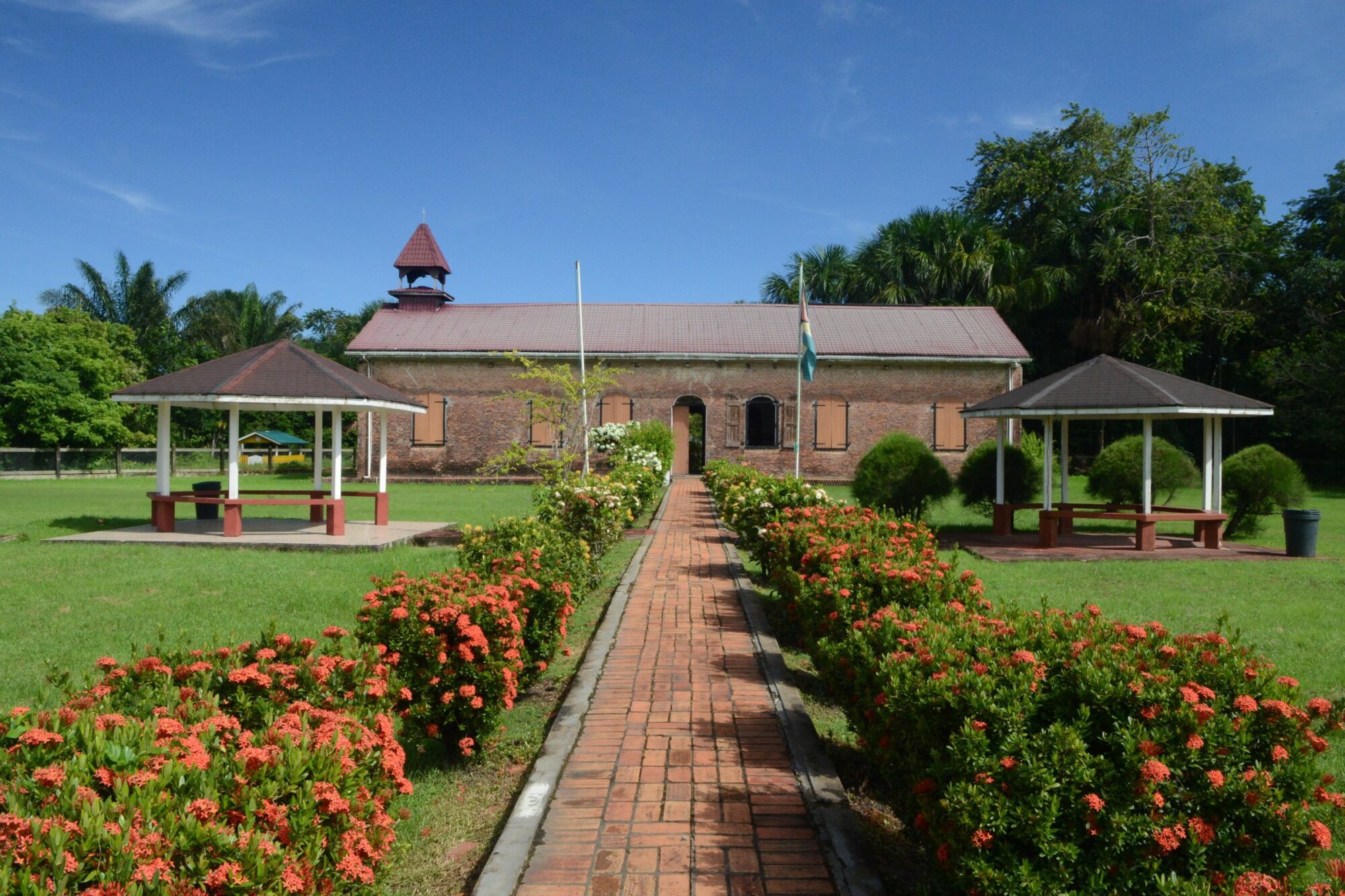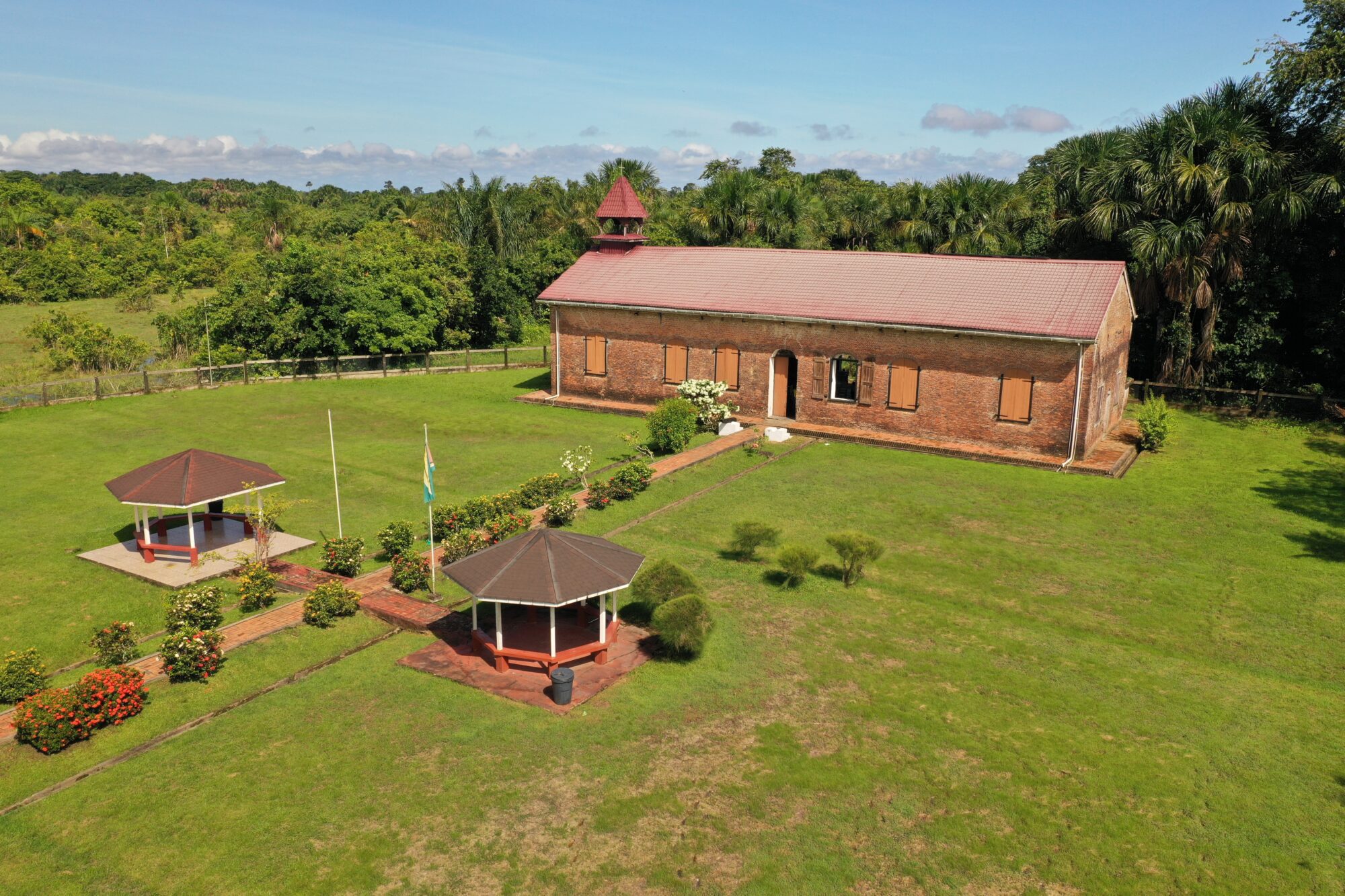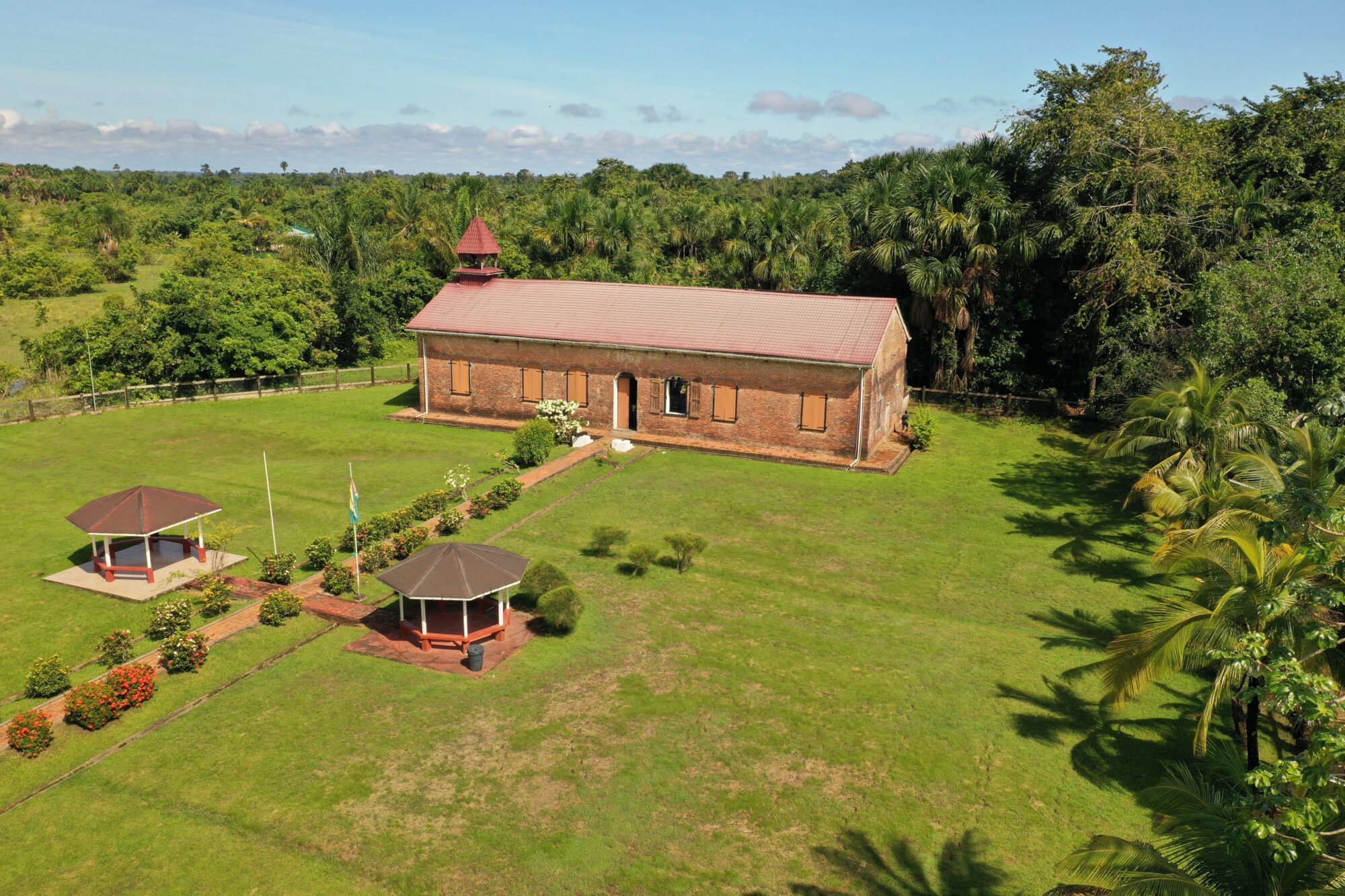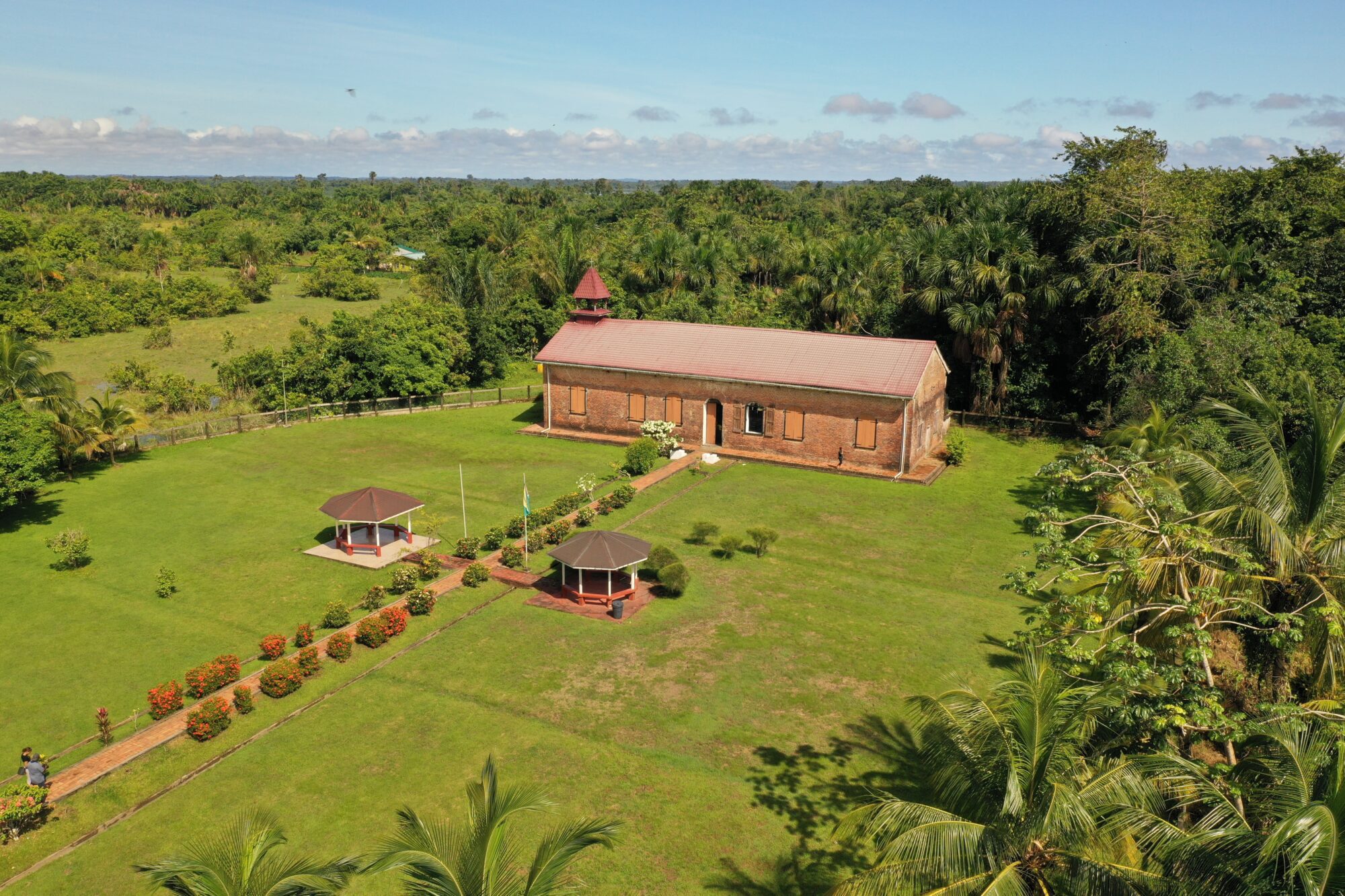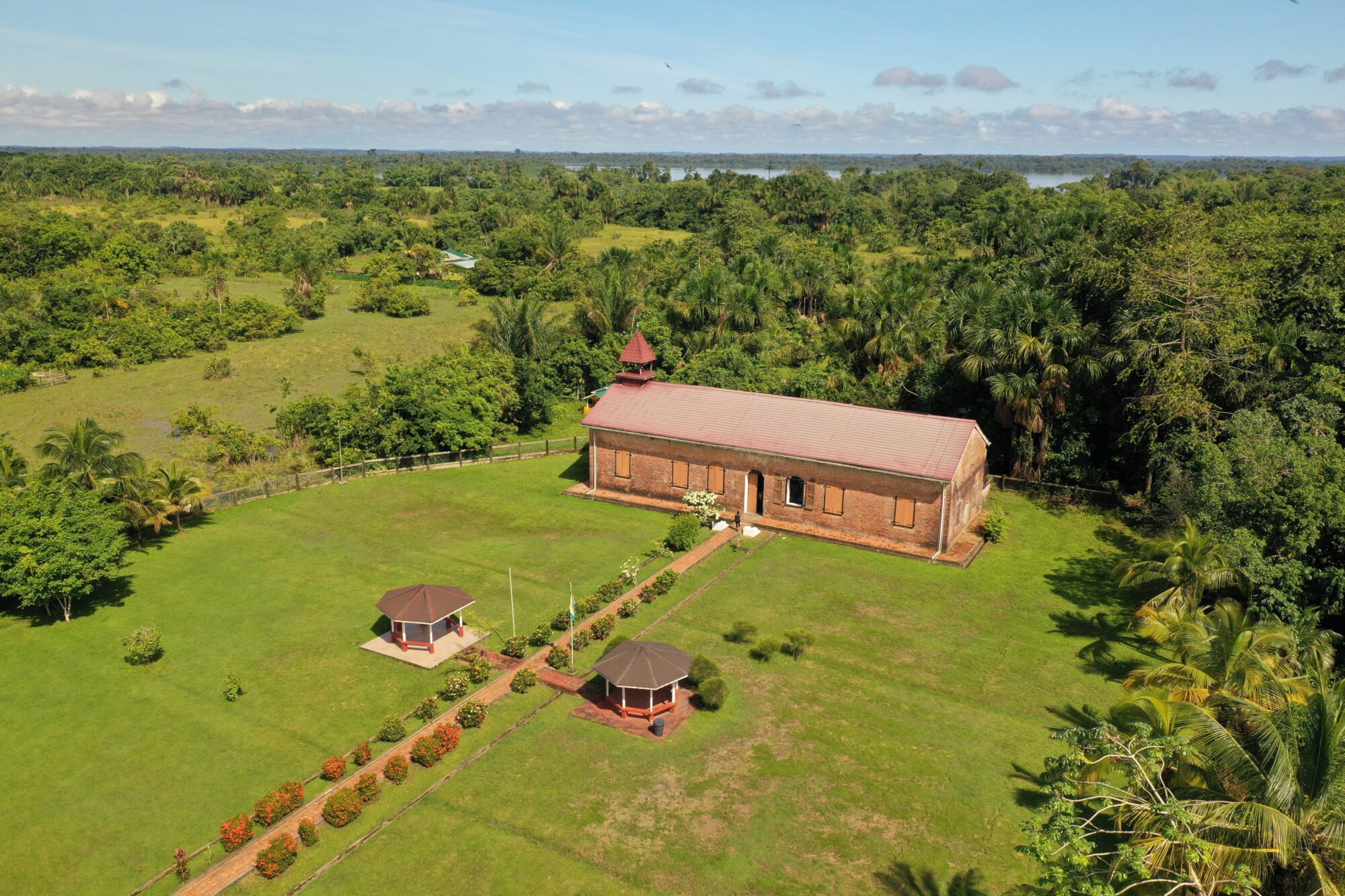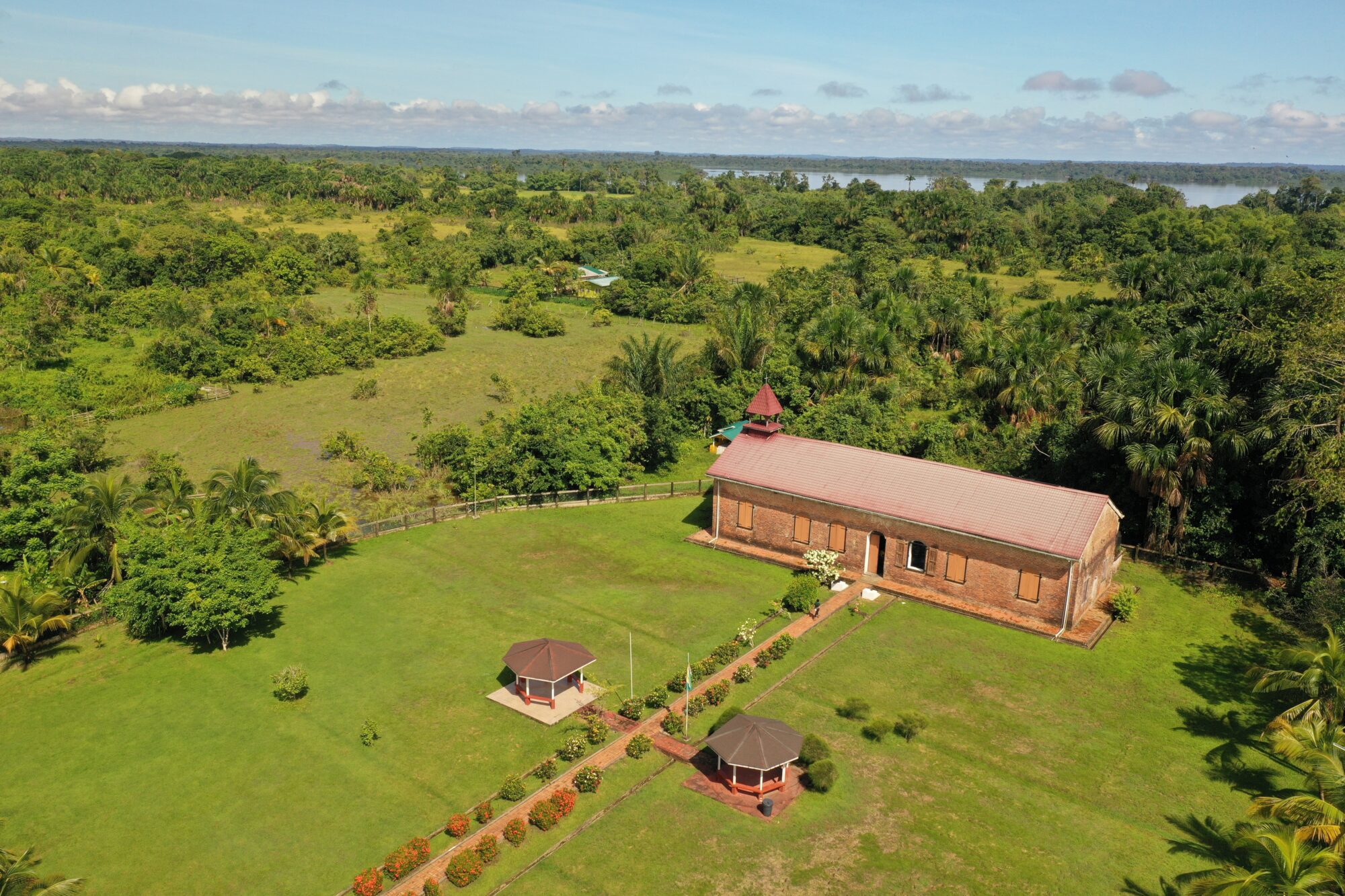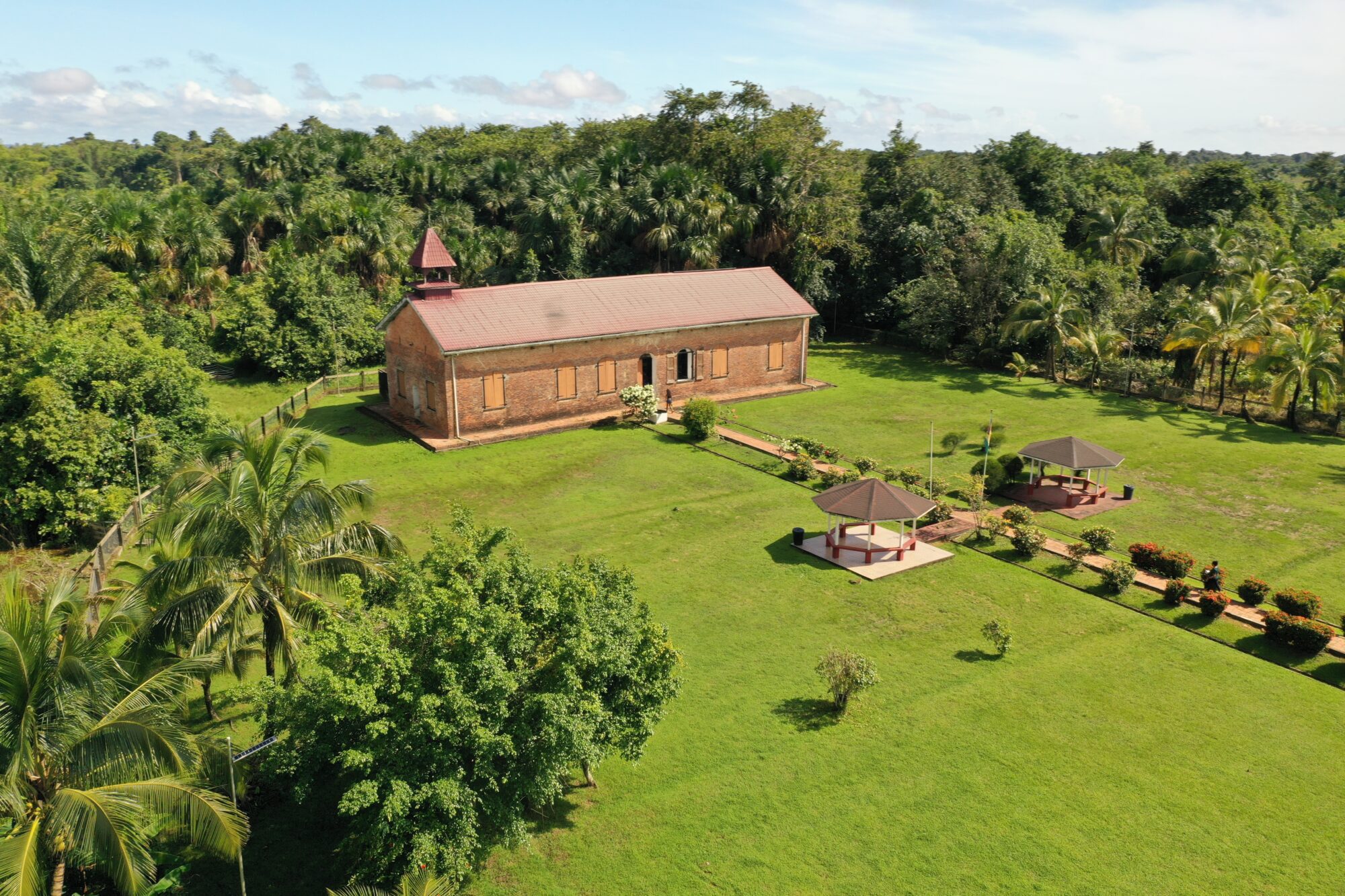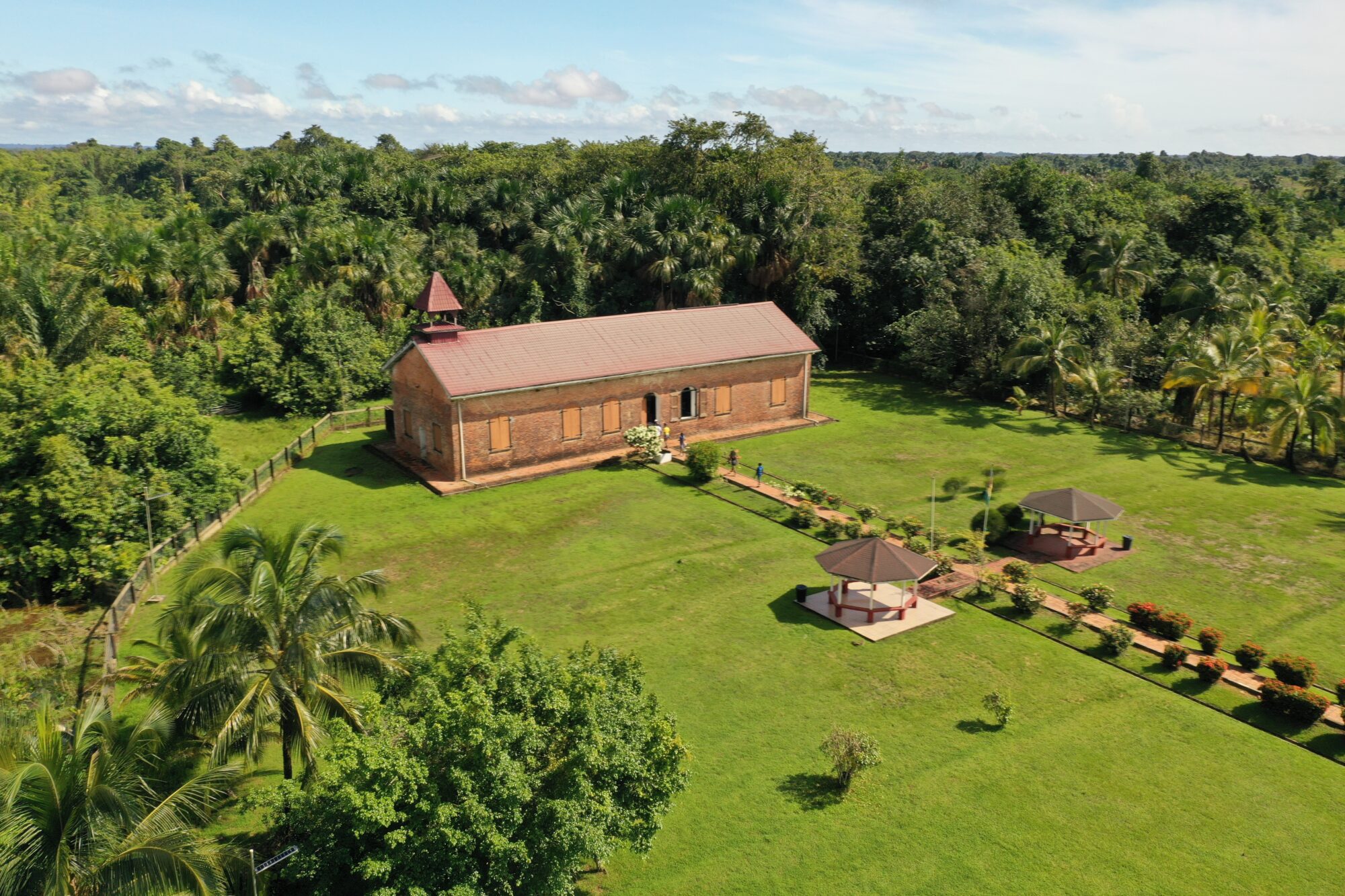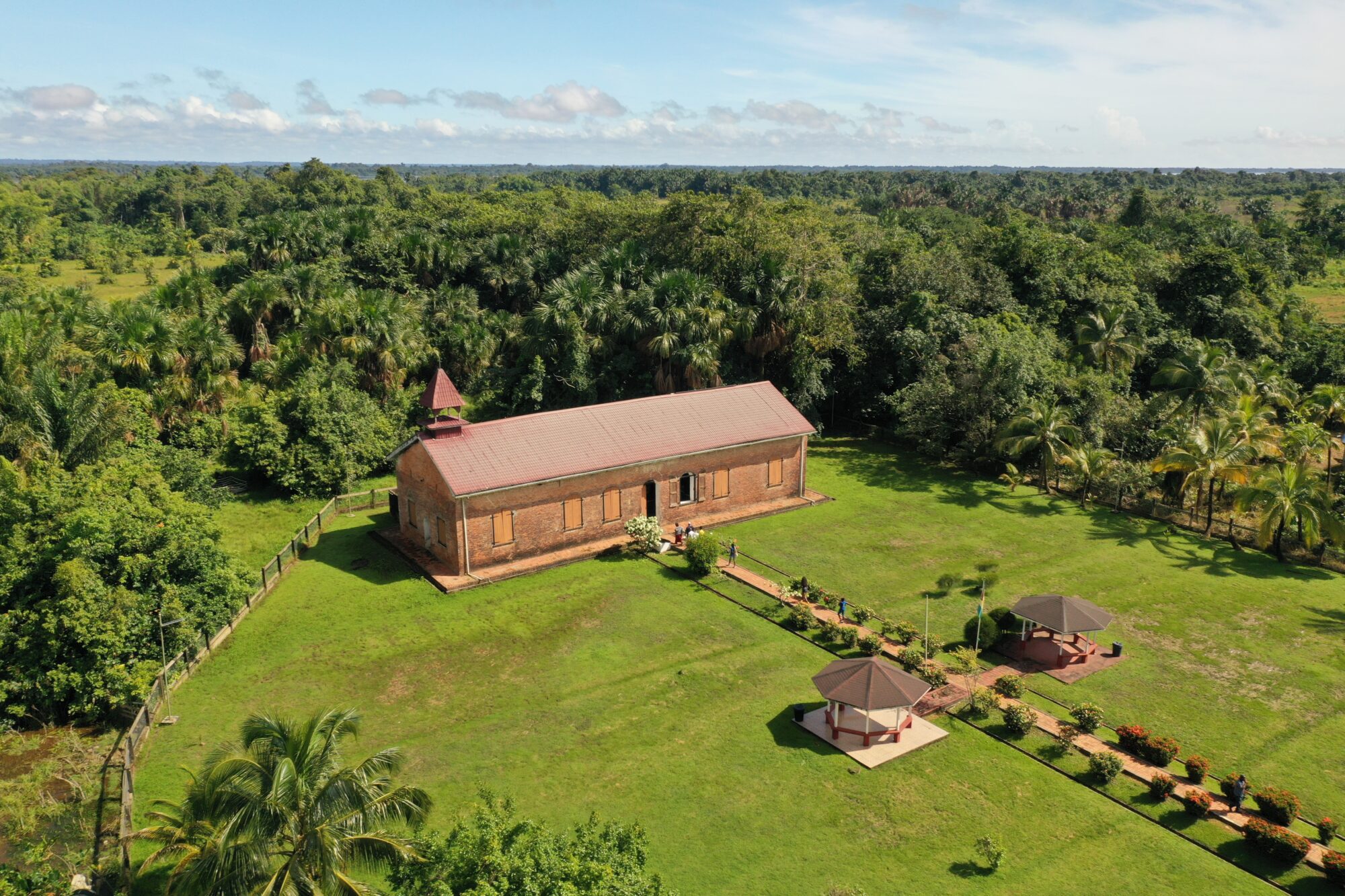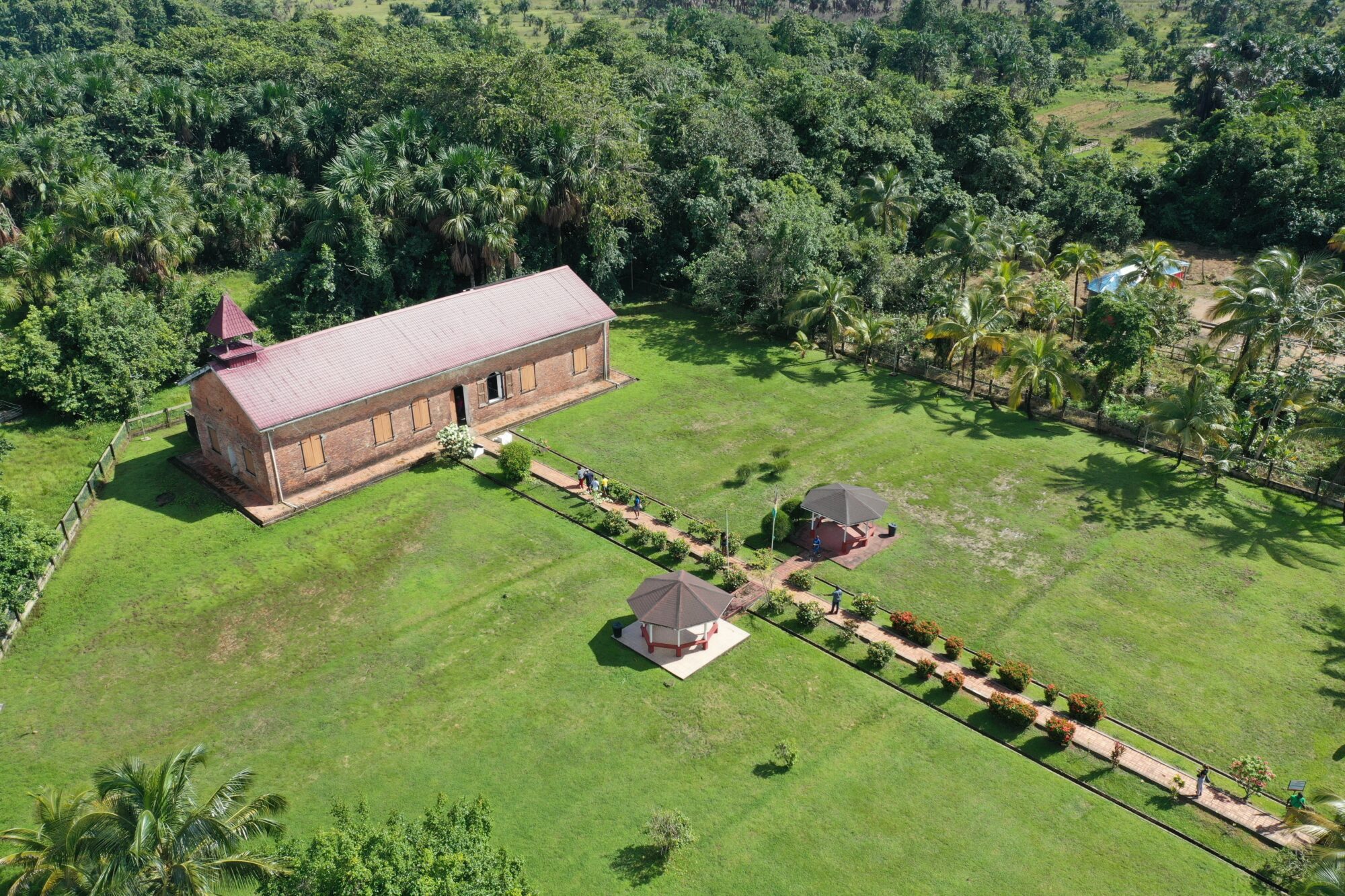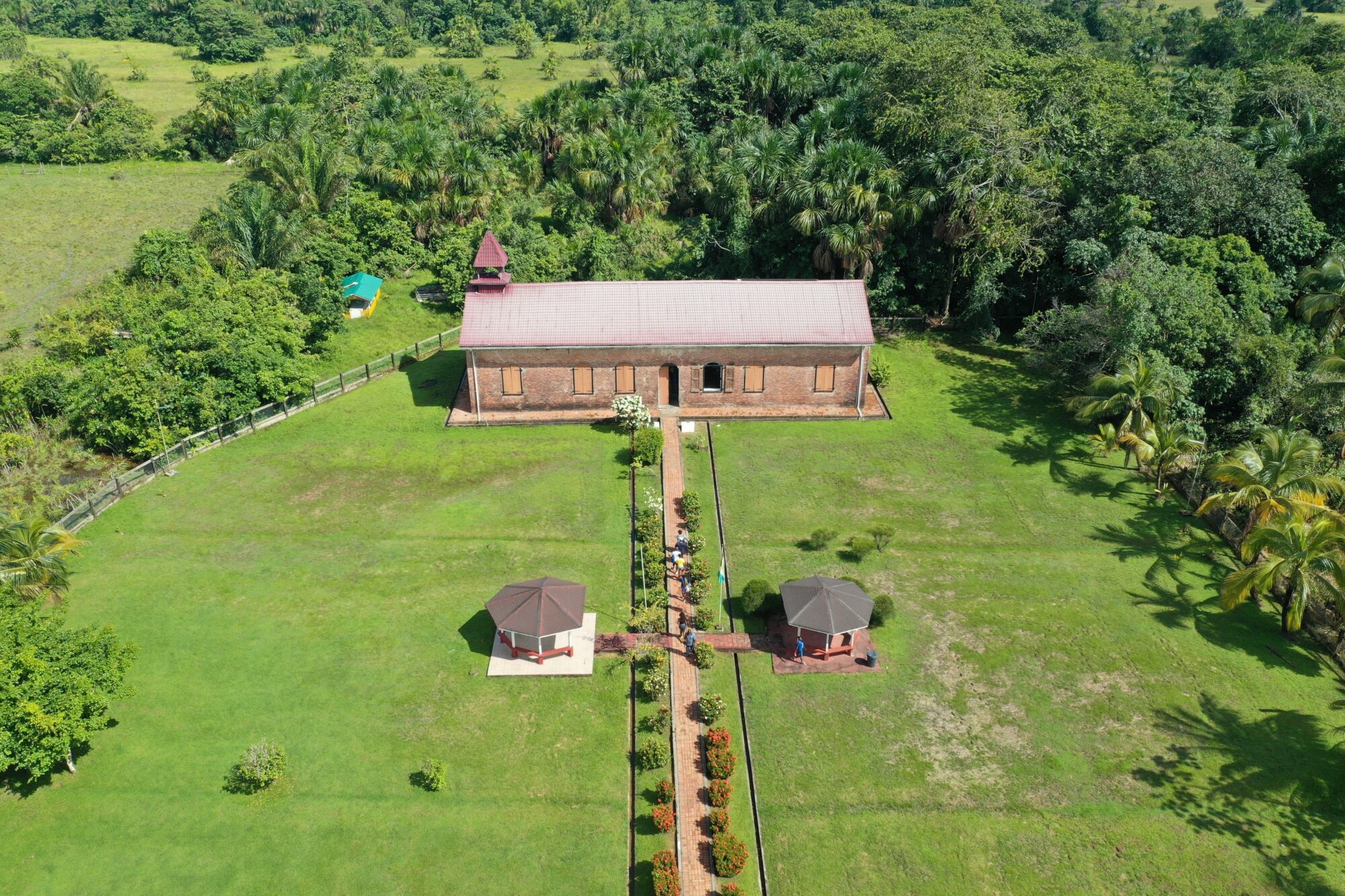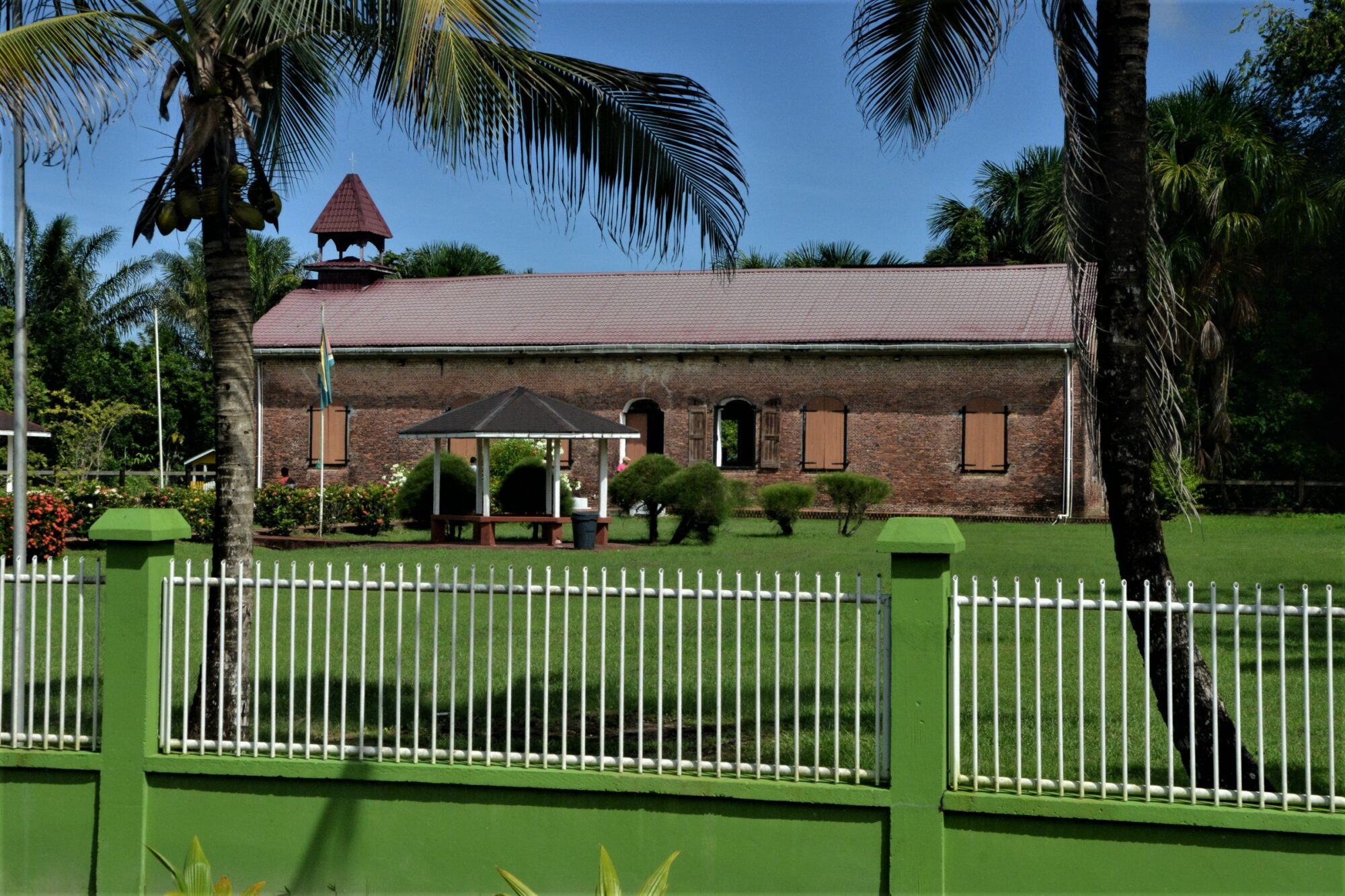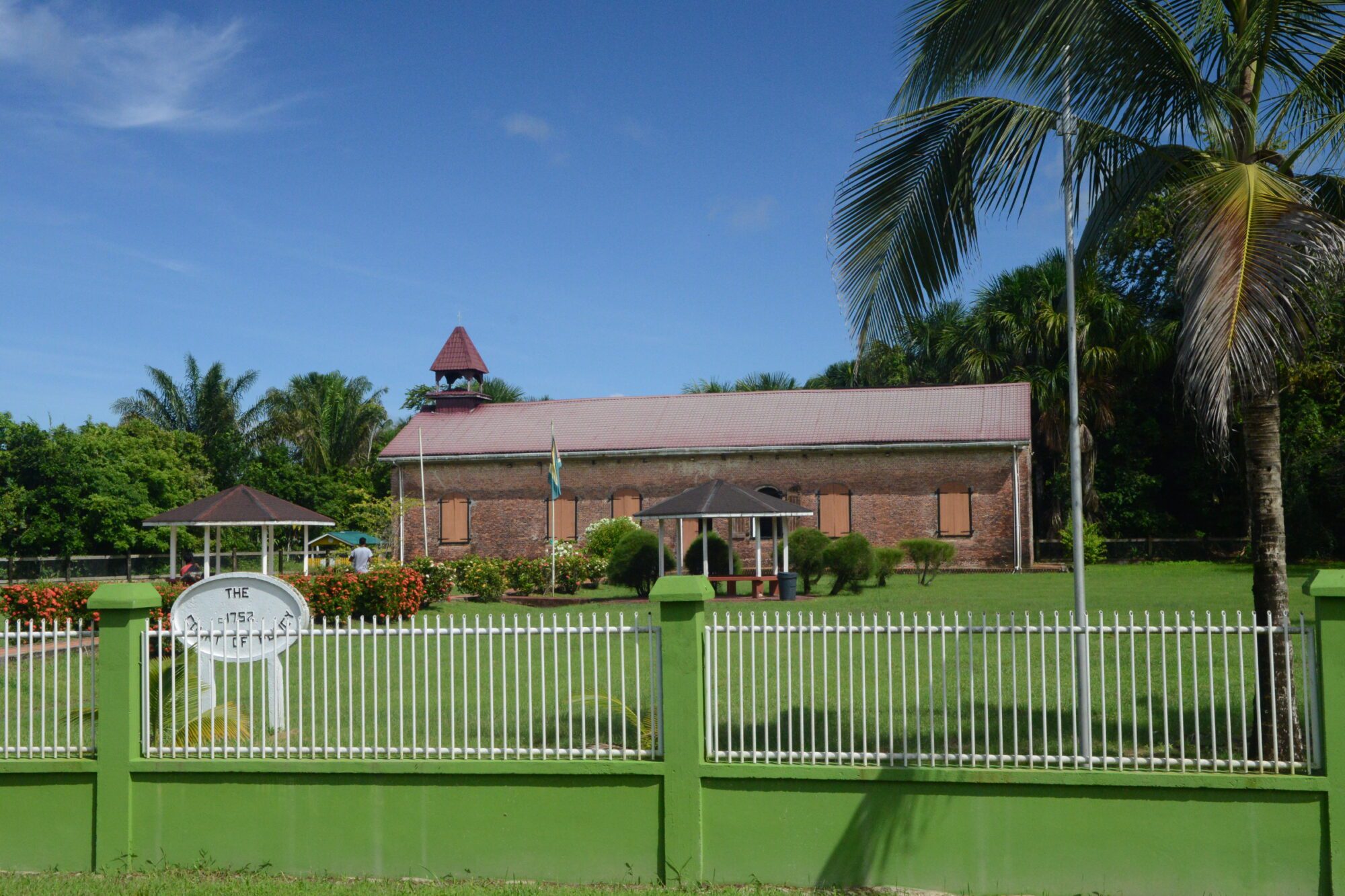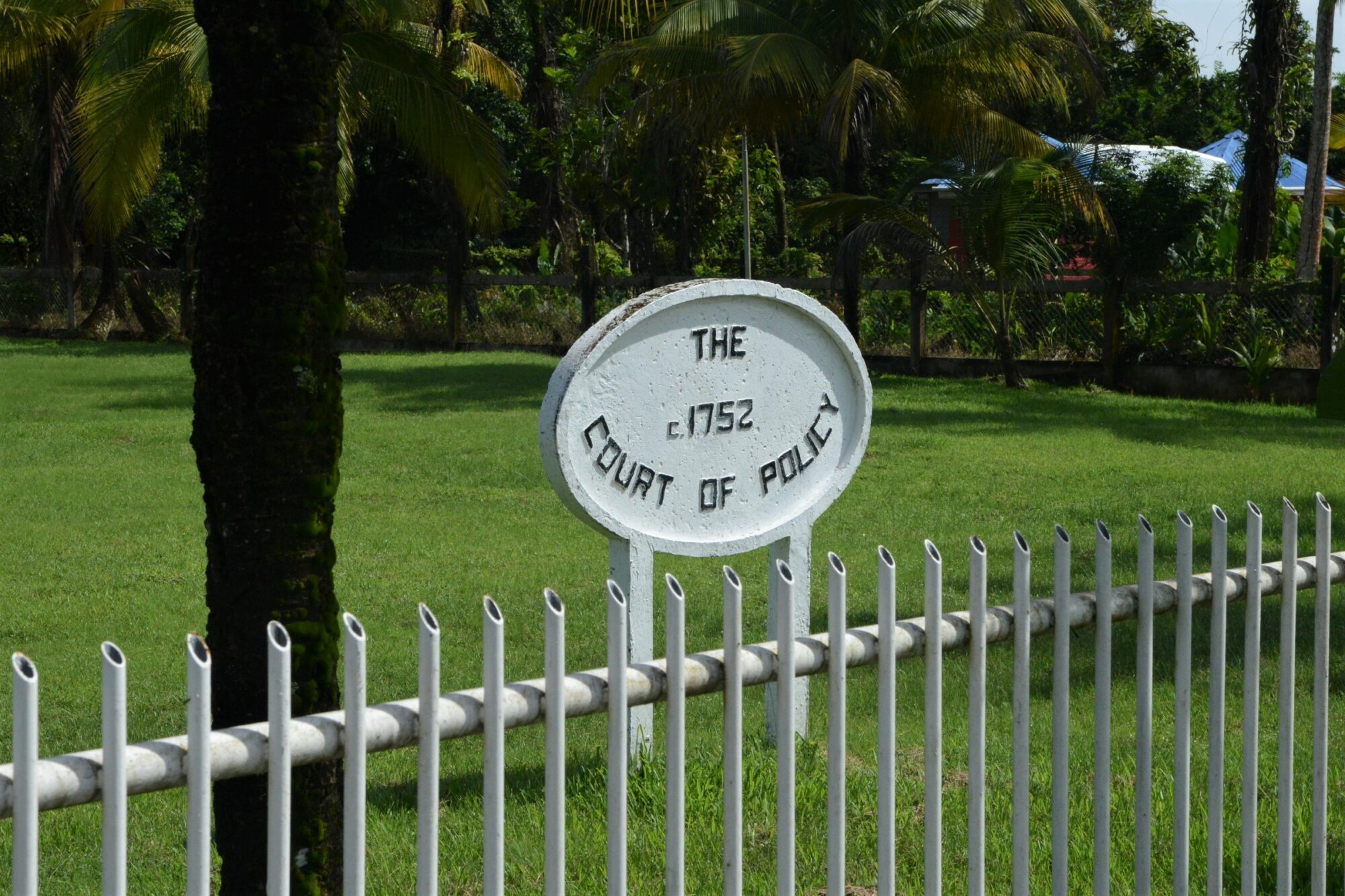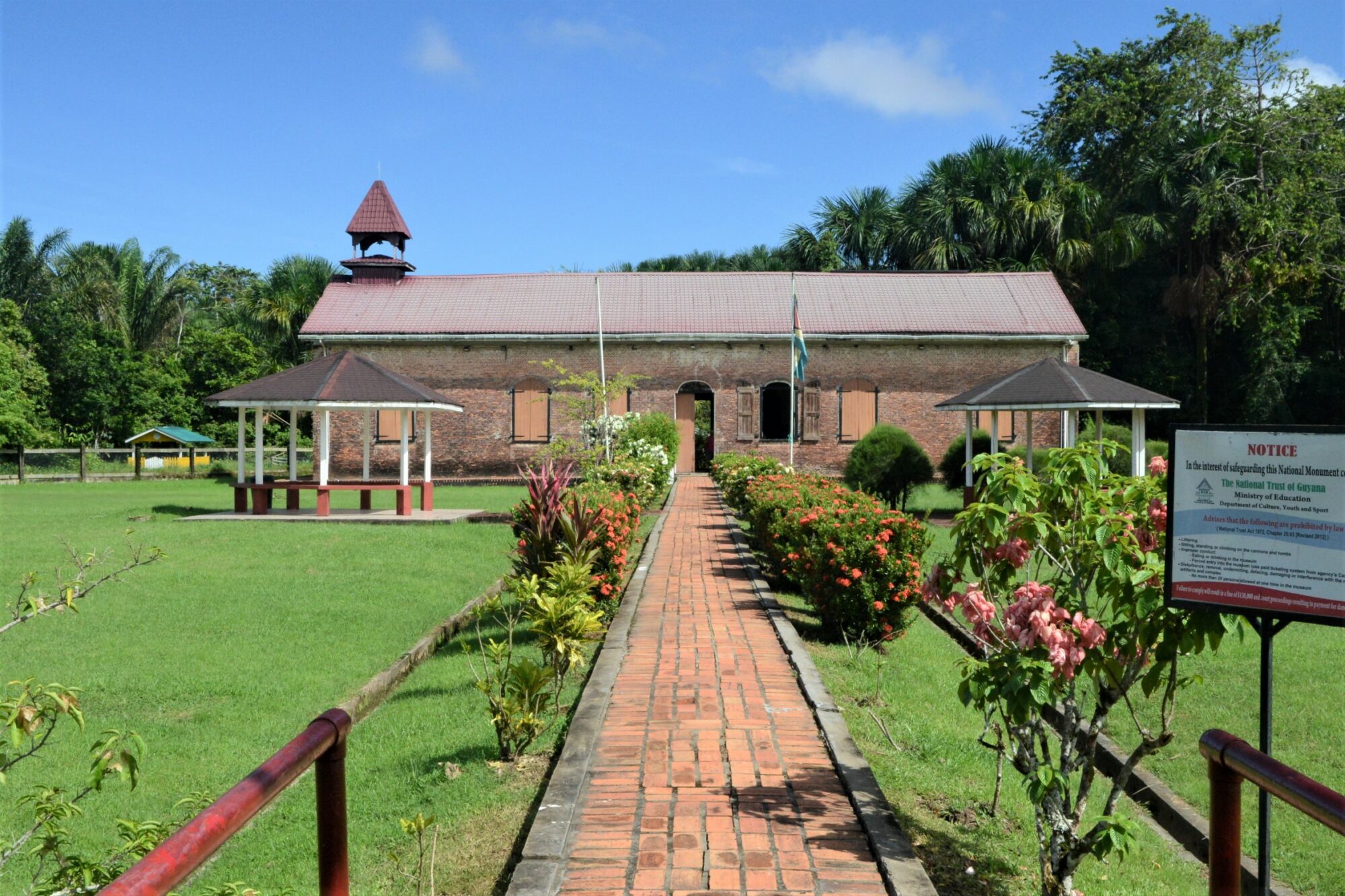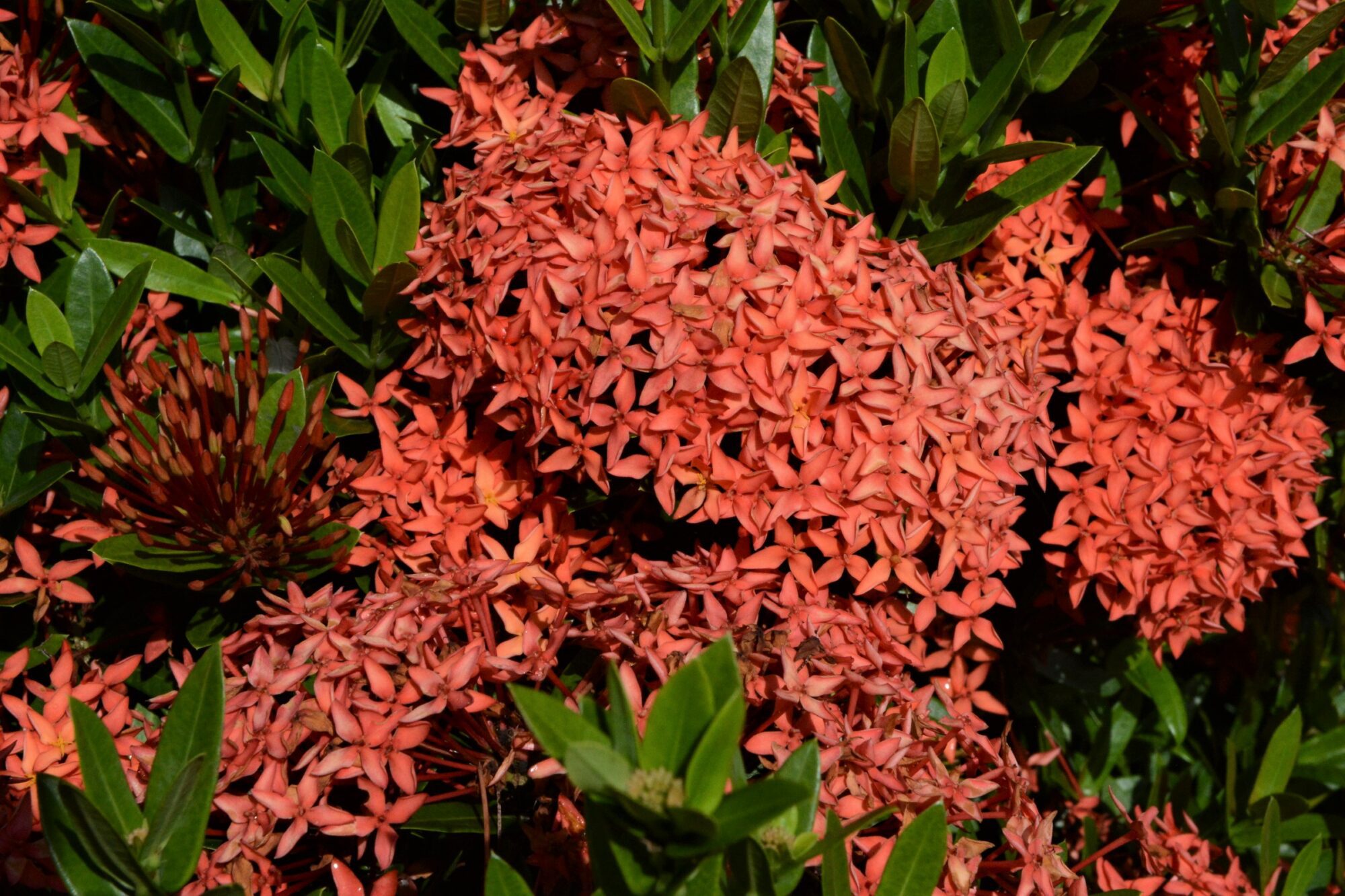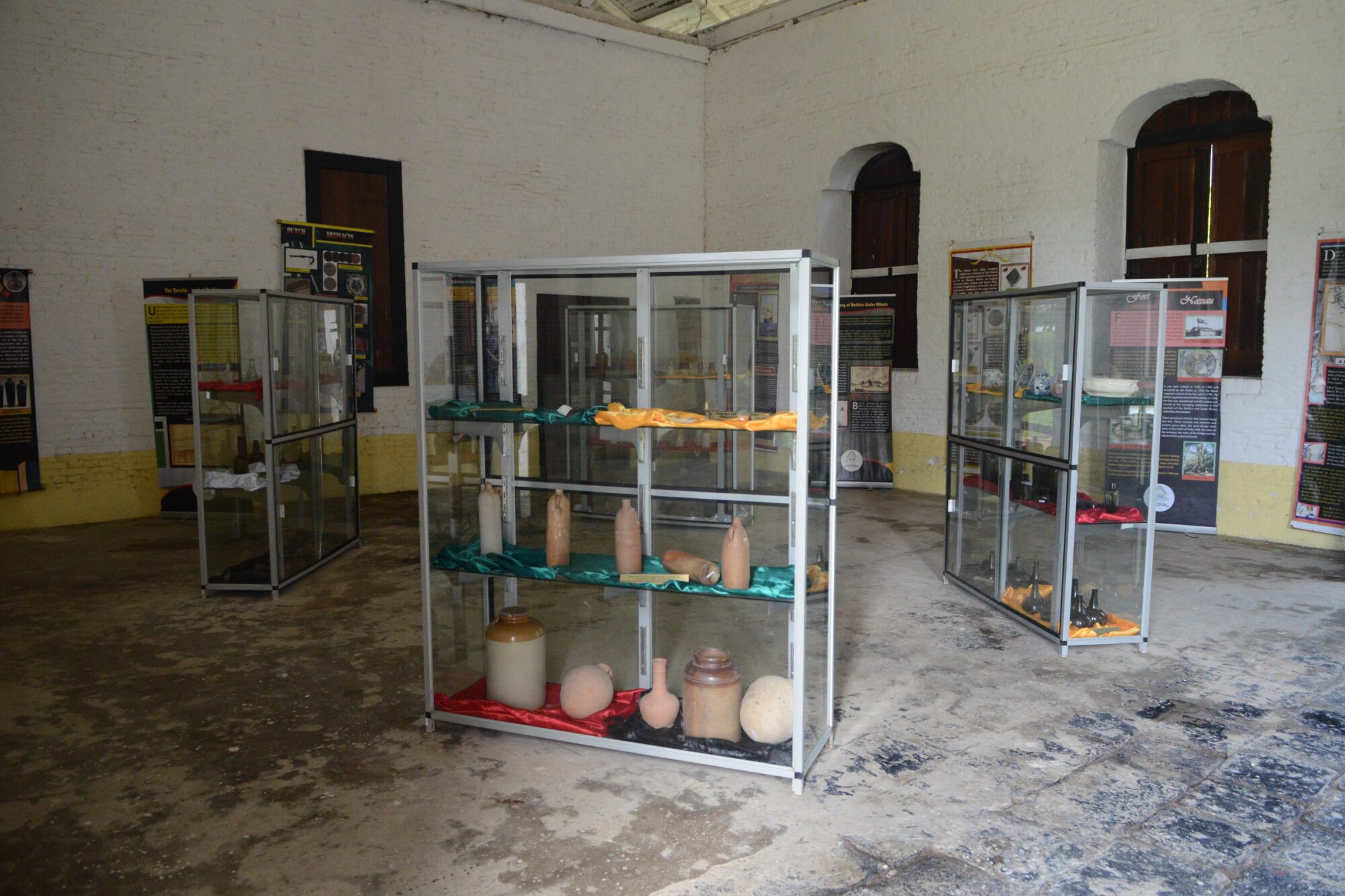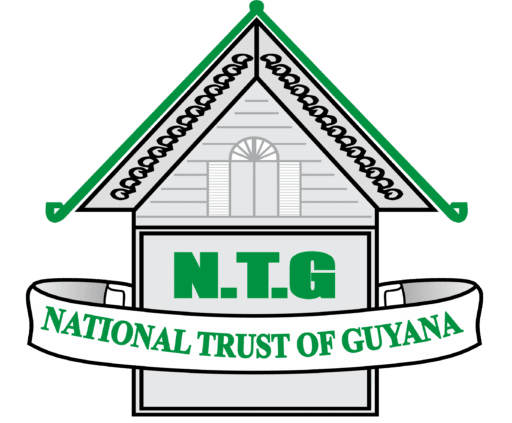Location: Fort Island, Essequibo
Classification: Historic Site (Community)
Period/ Year Built: Circa 1752
Historical Background / Description:
The Dutch Heritage Museum is located in the historic Dutch building formerly known as the Court of Policy and Church Building on Fort Island, approximately 16 kilometres (10 miles) from the mouth of the Essequibo River. The museum, which provides a meaningful contribution to the country’s cultural heritage sector, was opened on February 19, 2007, by the National Trust of Guyana. In its collections are a number of artefacts unearthed from the colonies of Essequibo, Berbice & Demerara along with a number of maps and exhibition panels; all of which aid in highlighting the relationships the Dutch had with the indigenous Indians and the enslaved Africans.
The Court of Policy and Church Building, commonly referred to as the Court of Policy Hall, was completed in circa 1752. This single-storey brick structure was built with three compartments. The centre room held church services. The northern chamber held the proceedings of the Court of Policy while the southern room held the Consistory. The Consistory was later adapted as a vendue (auction) office, primarily for sale of slaves.
Laurens Storm van’s Gravesande, the Dutch Commandeur of Fort Island is accredited with the construction of the building. In 1744, he petitioned the Dutch West India Company (DWIC) to build a church in close proximity to the fort. By 1748, the fort, known then as Flag Island, was made the Dutch capital of Essequibo after Fort Kyk-Over-Al was considered too small; it however was still without a proper church. Gravesande later received approval to construct a church in 1750; however, the structure was to serve as a church, Court of Policy and colony prison.
By 1796, the Dutch lost control of Essequibo and Demerara to the British and by 1812, the capital was moved to Stabroek, Demerara, near the mouth of the Demerara River. The building’s condition deteriorated significantly over the centuries and in 1999, it was gazetted as a National Monument along with Fort Zeelandia. The building was gradually restored throughout the years by the National Trust and is Guyana’s oldest non-military structure.
